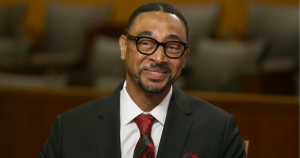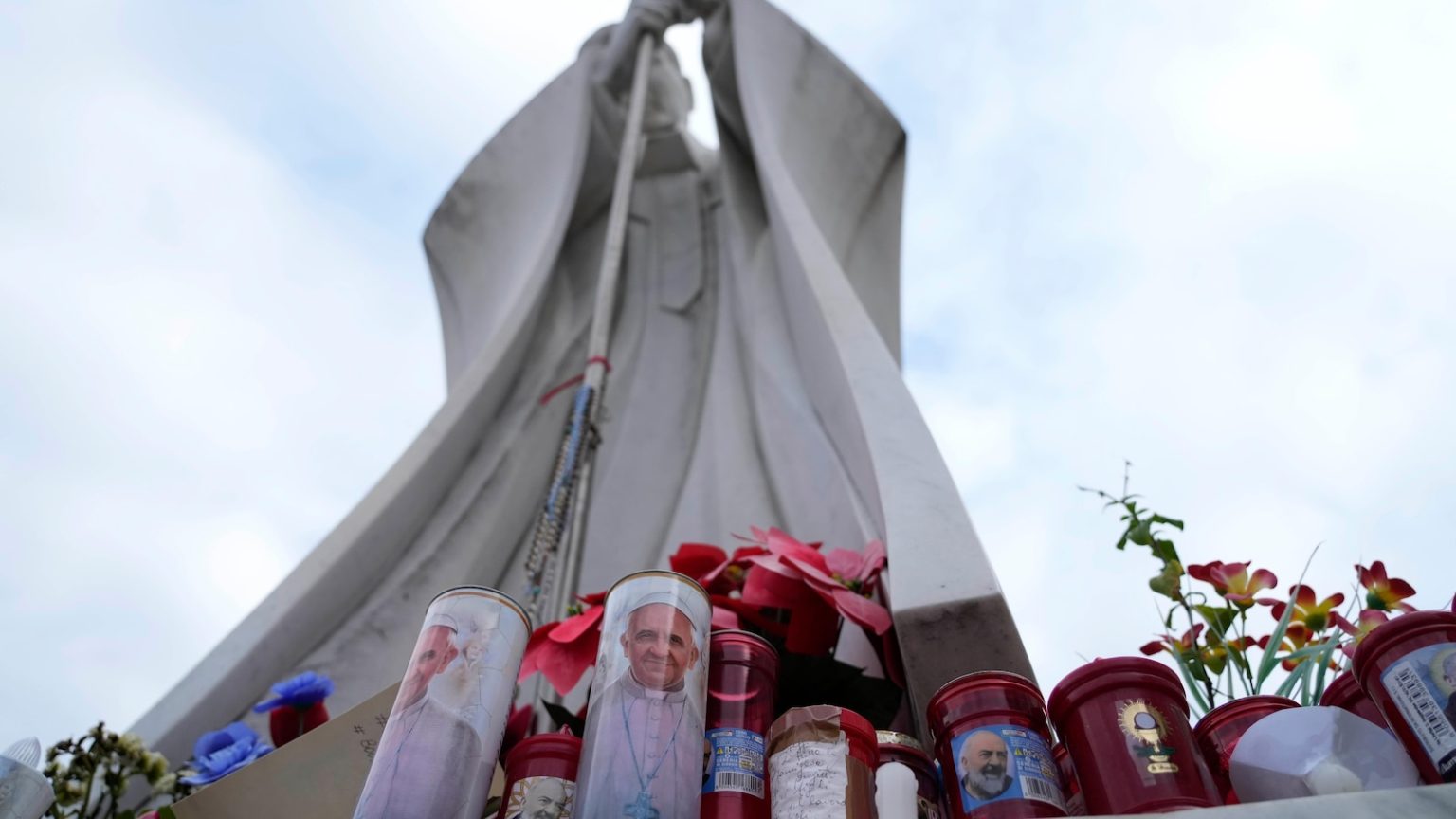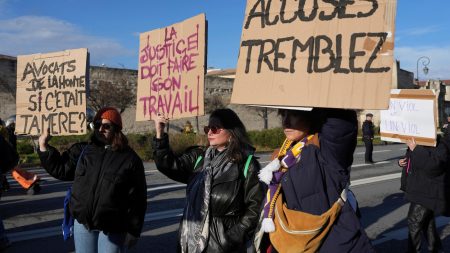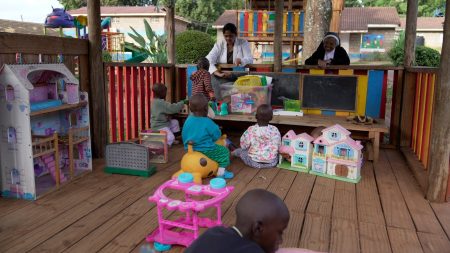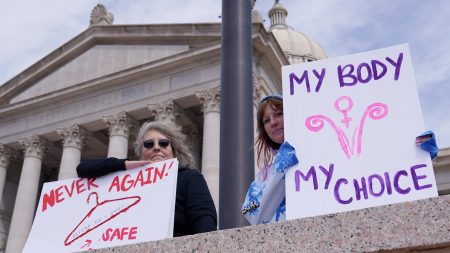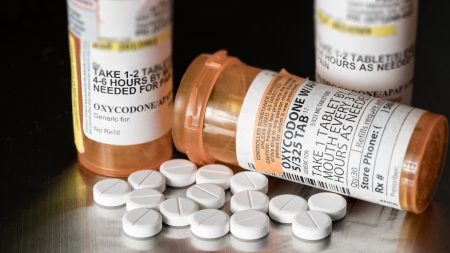Pope Francis’s Health Crisis: A Detailed Overview of His Condition and Prognosis
Pope Francis’s Diagnosis and Condition
Pope Francis, the 88-year-old spiritual leader of the Catholic Church, has faced a significant health challenge in recent days. On Friday, he was hospitalized in Rome’s Gemelli Hospital after a weeklong bout of bronchitis worsened. Initially, doctors diagnosed him with a polymicrobial respiratory tract infection, which involves a mix of viruses, bacteria, and possibly other organisms. By late Tuesday, Vatican officials revealed that the pope had developed pneumonia in both lungs, a complication that has added urgency to his recovery. Despite the severity of his condition, the Vatican reported that the pope had a tranquil night, woke up, and even had breakfast, indicating that he remained in good spirits.
Bronchitis, the initial condition that led to his hospitalization, occurs when the airways in the lungs, known as the bronchial tubes, become inflamed. This inflammation often results in coughing and excessive mucus production. In some cases, the infection can spread to the lungs, leading to pneumonia, which is an inflammation of the lung tissue typically caused by an infection. While pneumonia can be serious for anyone, it is particularly concerning for individuals of the pope’s age. Dr. Meredith McCormack, a pulmonary and critical care specialist at Johns Hopkins University, highlighted that older adults, especially those over 65, are at a higher risk of complications from such infections.
The Implications of Pneumonia in the Elderly
The pope’s advanced age makes his condition particularly worrisome. At 88 years old, he falls into a high-risk category for severe complications from pneumonia. While the pope has shown remarkable resilience over the years, his reliance on a wheelchair for the past two years may indicate some level of frailty, which could impact his recovery. Dr. McCormack noted that frailty, such as reduced mobility, can increase the likelihood of complications during and after an illness. However, it is important to note that the pope is not bed-bound and has been able to move around, which is a positive sign. Additionally, Vatican officials have reported that his heart function is good, suggesting that his cardiovascular system is stable despite the challenges posed by the infection.
Dr. Andrew Chadwick, a respiratory and intensive care specialist at Oxford University Hospital, emphasized that the core of the pope’s treatment would likely involve antibiotics and steroids to address the infection and inflammation. Beyond medication, supportive care, such as supplemental oxygen and chest physiotherapy, would play a critical role in aiding his recovery. Physiotherapy, in particular, can help clear fluids from the lungs, which is especially important for individuals with limited mobility. These treatments aim to support the pope’s body as it fights the infection and works toward recovery.
The Medical Treatment and Recovery Process
The pope’s treatment plan is likely comprehensive, involving a combination of antibiotics, steroids, and supportive therapies. Antibiotics are essential to combat bacterial infections, while steroids can help reduce inflammation in the lungs. Supplemental oxygen may be provided to ensure that the pope’s body, particularly his lungs, receives adequate oxygenation during the recovery process. Chest physiotherapy, which involves techniques to clear mucus and fluids from the lungs, is also a key component of his care. This therapy is particularly beneficial for patients who may have difficulty coughing or moving on their own due to limited mobility.
Dr. Maor Sauler, a pulmonary and critical care specialist at Yale University, explained that antibiotics are often effective in treating pneumonia, but the success of the treatment also depends on the body’s ability to recover. In older adults, the lungs’ capacity to heal and clear infections diminishes with age, making recovery a more challenging and prolonged process. While the pope’s condition is serious, it is important to recognize that pneumonia is treatable, especially with modern medical advancements. However, as Dr. Sauler noted, there are cases where, despite the best efforts of medical professionals, the infection cannot be fully cleared, and the situation may take a turn for the worse.
The Pope’s Mobility and Its Impact on Recovery
The pope’s mobility, or lack thereof, is another critical factor in his recovery. For more than two years, he has relied on a wheelchair, which may indicate some level of physical frailty. While this does not necessarily hinder his recovery, it could complicate his ability to clear fluids from his lungs, a process that is often aided by movement and deep breathing. However, the Vatican has reported that the pope is not bed-bound and has been able to get out of bed, which is a positive sign. This mobility, even if limited, suggests that he is in a better position to engage in physiotherapy and other treatments that can support his recovery.
Dr. McCormack underscored that the pope’s ability to stay mobile, even in a limited capacity, is a reassuring indicator of his overall condition. She also noted that his heart function is good, which is a crucial factor in his recovery. The heart’s ability to pump blood effectively ensures that oxygen and nutrients are delivered to the body’s tissues, including the lungs, which are working hard to heal. While the pope’s age and limited mobility are cause for concern, his current condition suggests that he is stable and receiving the care he needs to combat the infection.
The Road Ahead: Prognosis and Hope for Recovery
The road ahead for Pope Francis is uncertain, but medical experts remain cautiously optimistic about his recovery. While pneumonia is a serious condition, especially for someone of his age, modern medicine offers a range of tools to support his recovery. The combination of antibiotics, steroids, and supportive therapies provides a strong foundation for his treatment. Additionally, the pope’s ability to remain mobile and his stable heart function are positive indicators that bode well for his recovery.
Dr. Chadwick emphasized that the key to the pope’s recovery lies in preventing further deterioration of his condition. As long as his health does not worsen, and he continues to respond to treatment, the outlook remains hopeful. Dr. McCormack added that the body’s ability to recover from pneumonia often depends on its capacity to fight the infection without additional complications. For older adults, this can be a lengthy process, often requiring several weeks of treatment and rest. However, with proper care and support, many individuals are able to recover fully from pneumonia, even at an advanced age.
In conclusion, Pope Francis’s health crisis has brought attention to the challenges of dealing with serious infections in older age. While his condition is concerning, the combination of modern medical treatments and his own resilience offers hope for his recovery. As the world continues to pray for his health, the focus remains on ensuring that he receives the best possible care to overcome this difficult period. The Vatican’s updates on his condition, including his ability to have breakfast and remain in good spirits, are encouraging signs that suggest the pope is on the path to recovery. For now, the global community waits with bated breath as Pope Francis continues his journey toward healing.

